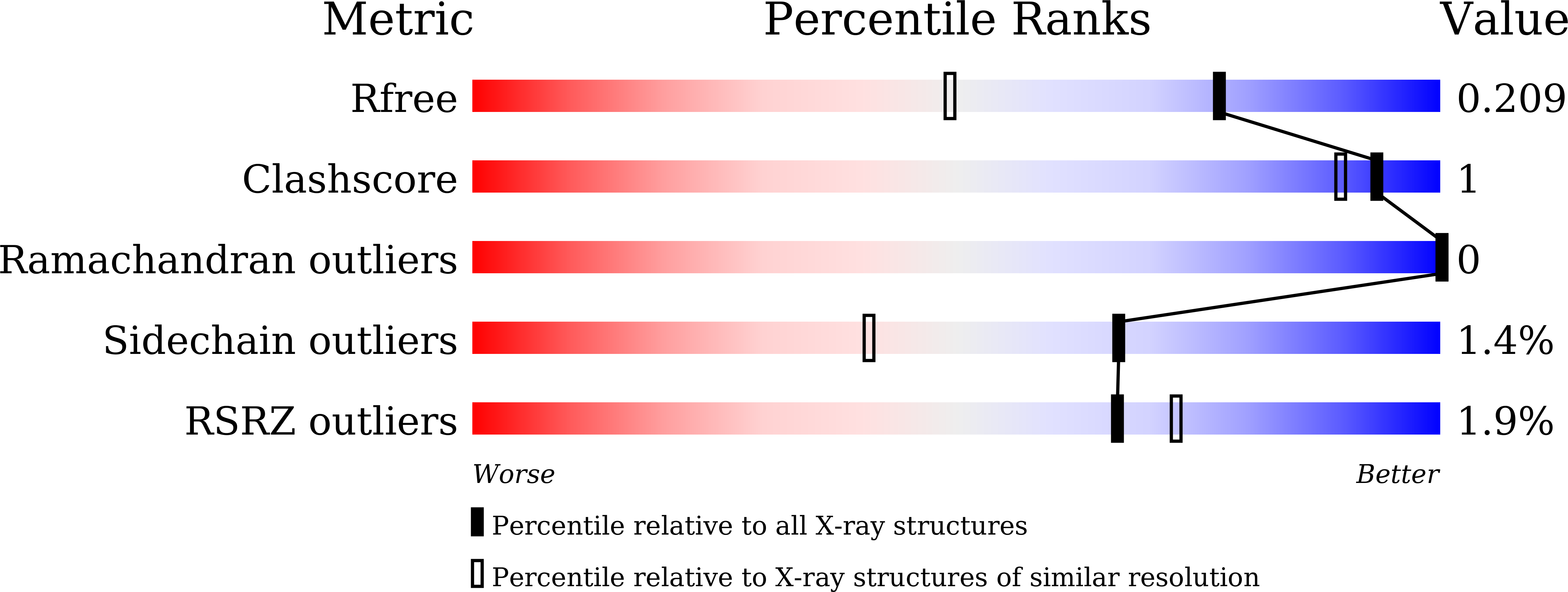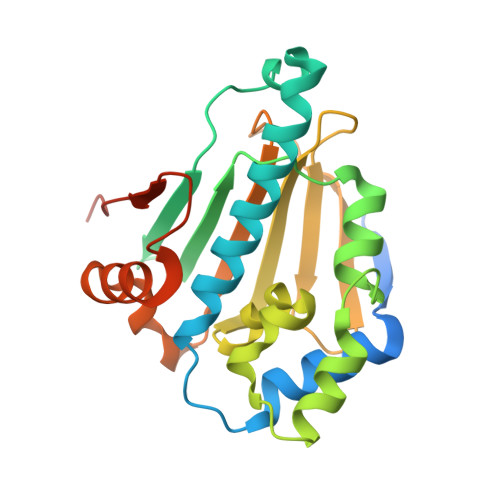Accurate Characterization of Binding Kinetics and Allosteric Mechanisms for the HSP90 Chaperone Inhibitors Using AI-Augmented Integrative Biophysical Studies.
Xu, C., Zhang, X., Zhao, L., Verkhivker, G.M., Bai, F.(2024) JACS Au 4: 1632-1645
- PubMed: 38665669
- DOI: https://doi.org/10.1021/jacsau.4c00123
- Primary Citation of Related Structures:
8KI4, 8W4V, 8W8K - PubMed Abstract:
The binding kinetics of drugs to their targets are gradually being recognized as a crucial indicator of the efficacy of drugs in vivo , leading to the development of various computational methods for predicting the binding kinetics in recent years. However, compared with the prediction of binding affinity, the underlying structure and dynamic determinants of binding kinetics are more complicated. Efficient and accurate methods for predicting binding kinetics are still lacking. In this study, quantitative structure-kinetics relationship (QSKR) models were developed using 132 inhibitors targeting the ATP binding domain of heat shock protein 90¦Á (HSP90¦Á) to predict the dissociation rate constant ( k off ), enabling a direct assessment of the drug-target residence time. These models demonstrated good predictive performance, where hydrophobic and hydrogen bond interactions significantly influence the k off prediction. In subsequent applications, our models were used to assist in the discovery of new inhibitors for the N-terminal domain of HSP90¦Á (N-HSP90¦Á), demonstrating predictive capabilities on an experimental validation set with a new scaffold. In X-ray crystallography experiments, the loop-middle conformation of apo N-HSP90¦Á was observed for the first time (previously, the loop-middle conformation had only been observed in holo -N-HSP90¦Á structures). Interestingly, we observed different conformations of apo N-HSP90¦Á simultaneously in an asymmetric unit, which was also observed in a holo -N-HSP90¦Á structure, suggesting an equilibrium of conformations between different states in solution, which could be one of the determinants affecting the binding kinetics of the ligand. Different ligands can undergo conformational selection or alter the equilibrium of conformations, inducing conformational rearrangements and resulting in different effects on binding kinetics. We then used molecular dynamics simulations to describe conformational changes of apo N-HSP90¦Á in different conformational states. In summary, the study of the binding kinetics and molecular mechanisms of N-HSP90¦Á provides valuable information for the development of more targeted therapeutic approaches.
Organizational Affiliation:
Shanghai Institute for Advanced Immunochemical Studies and School of Life Science and Technology, ShanghaiTech University, 393 Middle Huaxia Road, Shanghai 201210, China.















